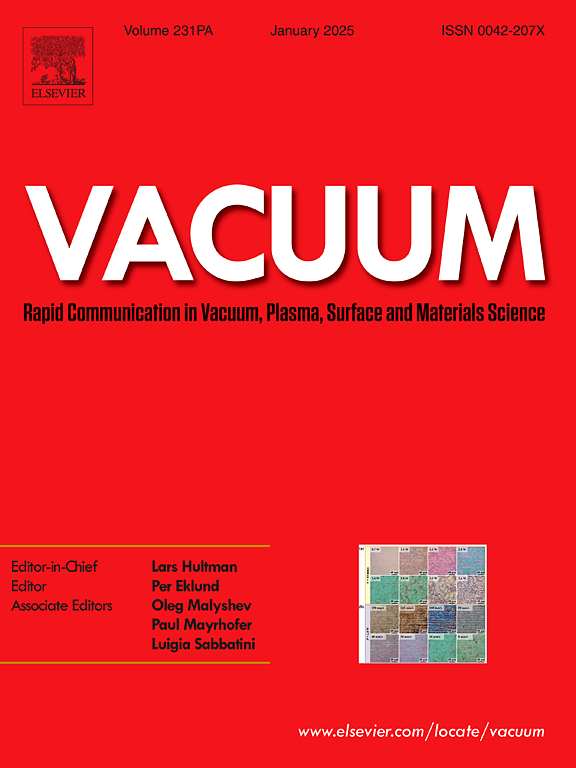Efficient purification of impurities from depleted uranium chips by hydrogen plasma arc melting
IF 3.8
2区 材料科学
Q2 MATERIALS SCIENCE, MULTIDISCIPLINARY
引用次数: 0
Abstract
Recycling and utilization of depleted uranium (DU) chips is highly significant for the development of nuclear energy and environmental safety. In this paper, the removal of non-metallic and metallic impurities from DU chips by plasma arc melting with pure Ar (PAM) and H2-Ar mixture (HPAM) was examined, respectively. Experimental results demonstrate that HPAM exhibits a significantly superior impurity removal effect compared to PAM. Notably, the average removal degree of non-metallic impurities in DU chips using HPAM with a 20 % H2-Ar mixture gas for 30 min can reach 82.8 %, which is much higher than 10.9 % achieved by PAM. Meanwhile, average removal degree of metallic impurities increased from 37.9 % for PAM to 67.5 % for HPAM. Therefore, HPAM can rapidly and efficiently remove non-metallic and metallic impurities from DU chips, thereby promoting the recycling and reuse of DU materials, and providing a reliable guarantee for the development of nuclear energy and environmental safety.
氢等离子体电弧熔炼净化贫铀碎片中的杂质
贫铀芯片的回收利用对核能发展和环境安全具有重要意义。本文分别研究了纯Ar (PAM)和H2-Ar混合物(HPAM)等离子弧熔炼去除DU晶片中的非金属和金属杂质。实验结果表明,HPAM的除杂效果明显优于PAM。值得注意的是,在20% H2-Ar混合气体中,HPAM对DU切屑中非金属杂质的平均去除率可达82.8%,远高于PAM的10.9%。同时,金属杂质的平均去除率由PAM的37.9%提高到HPAM的67.5%。因此,HPAM可以快速有效地去除贫铀切屑中的非金属和金属杂质,从而促进贫铀材料的回收再利用,为核能和环境安全的发展提供可靠的保障。
本文章由计算机程序翻译,如有差异,请以英文原文为准。
求助全文
约1分钟内获得全文
求助全文
来源期刊

Vacuum
工程技术-材料科学:综合
CiteScore
6.80
自引率
17.50%
发文量
0
审稿时长
34 days
期刊介绍:
Vacuum is an international rapid publications journal with a focus on short communication. All papers are peer-reviewed, with the review process for short communication geared towards very fast turnaround times. The journal also published full research papers, thematic issues and selected papers from leading conferences.
A report in Vacuum should represent a major advance in an area that involves a controlled environment at pressures of one atmosphere or below.
The scope of the journal includes:
1. Vacuum; original developments in vacuum pumping and instrumentation, vacuum measurement, vacuum gas dynamics, gas-surface interactions, surface treatment for UHV applications and low outgassing, vacuum melting, sintering, and vacuum metrology. Technology and solutions for large-scale facilities (e.g., particle accelerators and fusion devices). New instrumentation ( e.g., detectors and electron microscopes).
2. Plasma science; advances in PVD, CVD, plasma-assisted CVD, ion sources, deposition processes and analysis.
3. Surface science; surface engineering, surface chemistry, surface analysis, crystal growth, ion-surface interactions and etching, nanometer-scale processing, surface modification.
4. Materials science; novel functional or structural materials. Metals, ceramics, and polymers. Experiments, simulations, and modelling for understanding structure-property relationships. Thin films and coatings. Nanostructures and ion implantation.
 求助内容:
求助内容: 应助结果提醒方式:
应助结果提醒方式:


